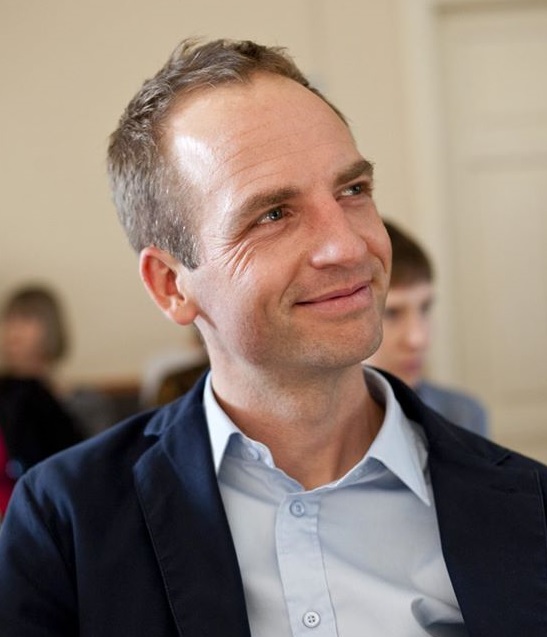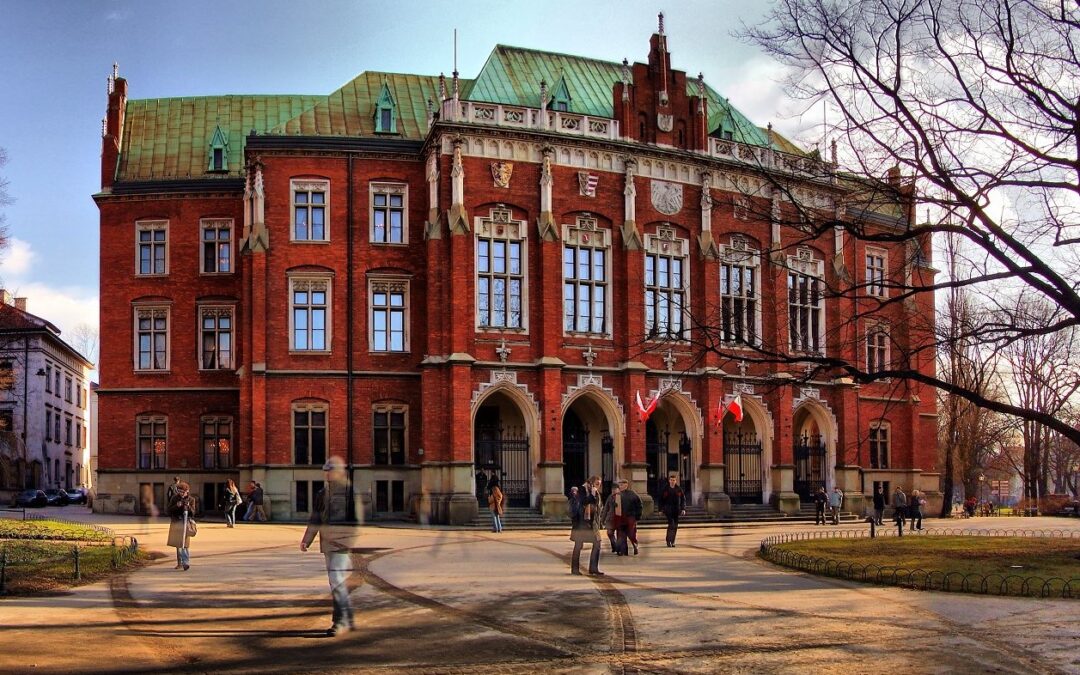The Jagiellonian University in Kraków, Poland’s oldest institution of higher education, can again claim to be officially its best as well after securing top spot in the new league table of public universities published by the Perspektywy education magazine.
The Jagiellonian took first place ahead of last year’s winner, the University of Warsaw. The two traditional rivals were joined on the podium by Warsaw University of Technology in third place.
Dziś opublikowane zostały wyniki 21. Rankingu Szkół Wyższych Perspektywy 2020. W tegorocznej edycji zdobywamy I miejsce! Gratulujemy @UniWarszawski i Politechnice Warszawskiej! Więcej 🔛 https://t.co/oSBmaE5jUo pic.twitter.com/iQXRT9mbd6
— Jagielloński UJ (@JagiellonskiUni) July 17, 2020
The ranking, compiled annually since 2000 by the Perspektywy educational foundation, takes into account a number of factors including internationalisation, teaching conditions, scientific efficiency, prestige, graduate profile, innovation and research potential.
The Jagiellonian University was founded in 1364 by King Casimir III the Great, making it the second oldest university in Central Europe – after Prague’s Charles University – and one of the twenty oldest in the world.
Its alumni include a number of illustrious figures from Polish history, from astronomer Nicolaus Copernicus to the current president, Andrzej Duda, who also taught there in the law department. It currently has more than 40,000 students across 94 fields of study.
Kraków's Jagiellonian University, one of the oldest in the world (and my alma mater), today celebrated the 656th anniversary of its founding in 1364.
It also elected its 306th rector, but the first chosen by remote voting.
Its motto is plus ratio quam vis (reason over force) pic.twitter.com/dIglUb6GIy
— Daniel Tilles (@danieltilles1) May 12, 2020
The University of Warsaw was founded in 1816 as a response to the partitioning of Poland between Russia, Prussia and Austria, which prevented Warsaw’s academic youth from studying in Kraków.
Today, it is Poland’s biggest university, with around 50,000 students in more than 100 programmes. Its alumni include Nobel literature laureates Czesław Miłosz and Olga Tokarczuk.
Warsaw University of Technology (Politechnika Warszawska) was established ten years later, in 1826. It currently has around 30,000 students.
The full top ten were:
- Jagiellonian University, Kraków
- University of Warsaw
- Warsaw University of Technology
- AGH University of Science and Technology, Kraków
- Adam Mickiewicz University, Poznań
- Medical University of Gdańsk
- Gdańsk University of Science and Technology
- Łódź University of Science and Technology
- University of Wrocław
- Pomeranian Medical University, Szczecin
A separate league table was compiled for private universities. Warsaw fared strongly here too, with Kozminski University on top, well ahead of two other institutions based in the capital, SWPS University of Social Sciences and Lazarski University.
Despite their prestige at home, the top Polish universities struggle to compete on the international stage. The Jagiellonian University is ranked joint 338th in the world in the latest QS World University Rankings, just ahead of the University of Warsaw in 349th position, with Warsaw University of Technology outside the top 500.
The Times Higher Education World University Rankings, meanwhile, present an even gloomier outlook for Poland’s top two universities, putting them in the 601-800 band. All of Poland’s other higher education institutions are outside the top 1000.
Number of top-ranked universities by country in Europe.
By @JakubMarian: https://t.co/jyIiE1KzM5 pic.twitter.com/vcnNwcKsWx
— Notes from Poland 🇵🇱 (@notesfrompoland) November 8, 2018
Poland has, however, become an increasingly popular destination for international students. In the 2019/2020 academic year, there were around 85,000 foreigners studying in Poland, according to Waldemar Siwiński, the president of the Perspektywy foundation.
“This is an impressive result considering the fact that in 2005 there were only 8,000,” Siwiński said, quoted by the Science in Poland website. “Last year there were 78,000 students from 174 countries…The trend is growing all the time.”
A large proportion of the students choosing Poland come from Ukraine and Belarus, although the continuing success of the Erasmus programme as well as increasing numbers of degrees taught in English have also been factors.
Many international students were forced to go back home as the coronavirus pandemic set in. Poland’s universities were quick to bring a halt to in-person teaching and move online for the last few months of the academic year, and it remains unclear in what capacity they will be able to resume when classes resume in October.
Main image credit: KHRoN/Wikimedia Commons (under CC BY-SA 3.0)

Ben Koschalka is a translator, lecturer, and senior editor at Notes from Poland. Originally from Britain, he has lived in Kraków since 2005.




















